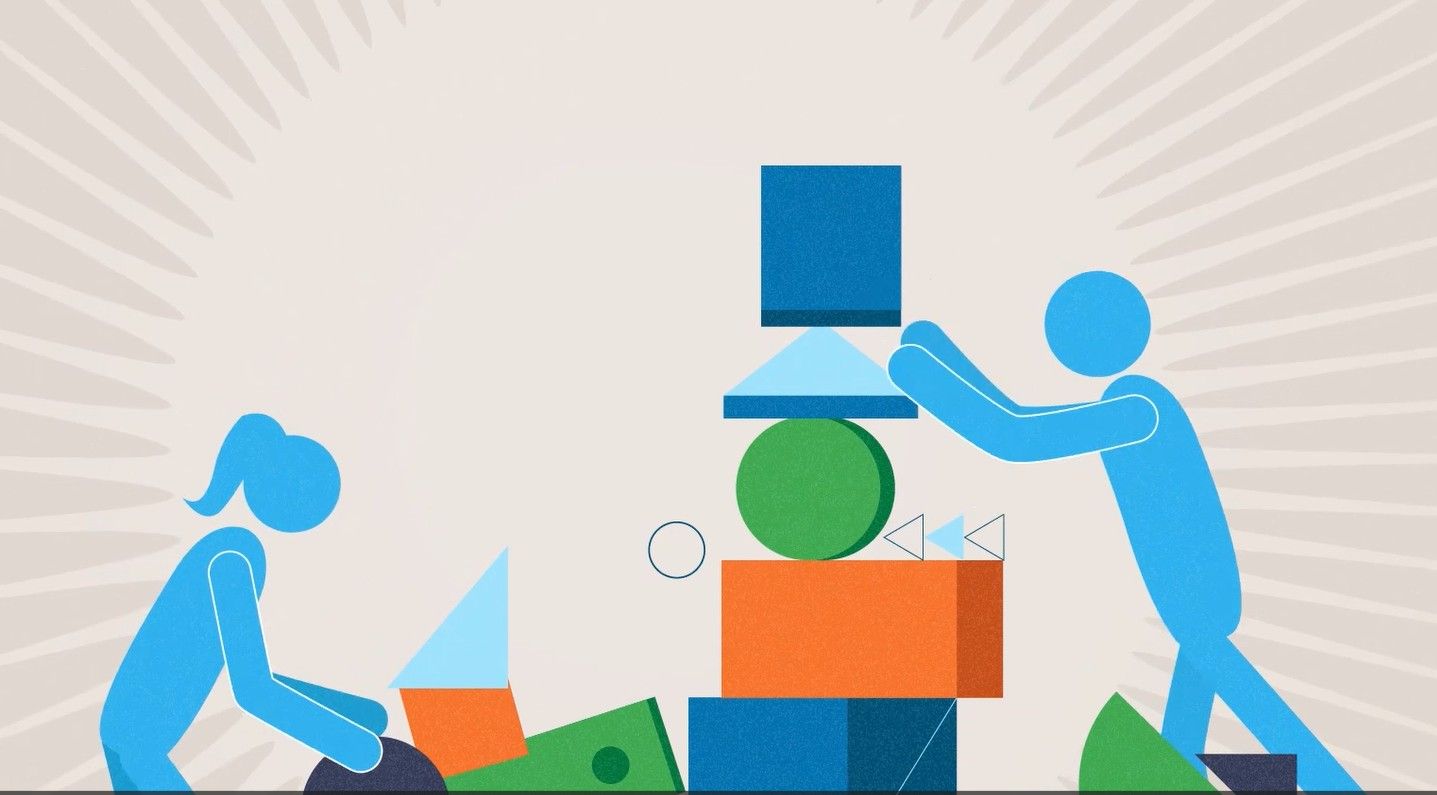Using intelligence from prior levels leads to revenue-building sales campaigns on the ground in real time.
In the past two months we’ve written about the Five Levels of Marketing—specifically about Level One: Sales and Level Two: Information / Data Gathering.
Now, we’ll discuss Level Three: Tactical Sales Campaigns, which is fun because it’s a payoff level. We use information learned on Level Two and leverage it with Level One sales activity. In other words, on Level Three we take action to build revenue based on the intelligence gathered on prior levels.
As an example, suppose we’ve identified in Level Two medical device manufacturing as a fast growing, attractive market for our company.
Our first goal is to develop two million dollars in new business in the next two years in Texas, a state where we have very little penetration but a lot of potential. To do that we first bring our sales team into the state for a week. Each day we call on medical device firms taken from a list we developed as an asset during our work on Level Two. The sales team had access to the list a few weeks in advance so they could set up meetings with the target list.
Each morning we video conference with sales team members at work in different cities and discuss what we’ve learned the day before and what to keep on doing or what to try differently. Each afternoon during a second video conference, we debrief and discuss lessons learned that day, sharing successes and failures.
Our second goal
is to generate enough business to justify hiring a full-time salesperson, or adding a manufacturer’s representative for the state. It is easier to hire good people if the territory is already softened up with some new business.
Our third campaign goal is to determine whether the week of selling in Texas has proven to be a successful approach. Then, if so, we decide whether to do it again in another state. If it is successful this one state focus might become part of the Level 4 marketing plan. We might try different states for medical devices, say Illinois; or we might try a different vertical market the next time, say home appliance manufacturers.
Remember, each of the five levels builds on prior levels. The key is to increase sales by beginning with the levels you’re already operating on. To gain competitive advantage begin marketing on higher levels than your competition.
The goal is to gain
sustainable
long-term competitive advantage by marketing on all five levels.
As another example, a firm I worked for earlier in my career was a Tier One supplier to Ford, so the quality level was approved for automotive supply. One of our goals was to attract more Tier Two businesses with which we could achieve higher margins. Knowing that carburation was going to be replaced by fuel injection we also knew that new tooling would be required. Our opportunity was to become suppliers to firms that we didn’t currently supply—firms such as Holley, Lucas Cav, and Walbro.
We ended up winning three of the four accounts we targeted. The campaign was a big success.
Finally, be sure to keep these Five-Level Model Marketing Takeaways in mind:
- The fastest way to increase revenue in the short term is to improve the sales function on Level One. This means stronger consultative selling skills, the development of custom sales processes, and good coaching.
- Effective use of Level Two information can significantly leverage your salespeople’s time and boost their productivity in Level Three tactical sales campaigns.
- The most efficient way to obtain competitive advantage is to market one level above your competition. If they are marketing on three levels, you differentiate by marketing on four.
- The goal is to gain sustainable competitive advantage on all five levels and at the high end of each one.
- There are many ways to market successfully using the Five Levels Model. The first step is getting started is to identify which level you’re currently on and how well you’re doing. Improve on that level and test other levels as it makes sense to find the best combination for your business.
We have an extensive list of other types of data that can be used to market at the higher end of Level Three. Just get in touch if you want to discuss additional data points that can help drive revenue. We’re at
pkrone@productivestrategies.com and 847-446-0008 Ext. 1.












